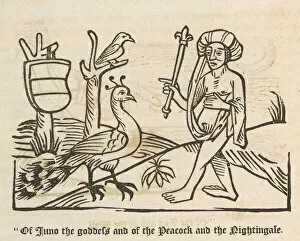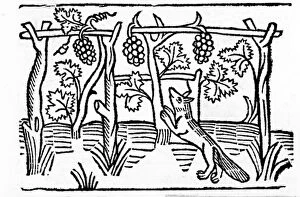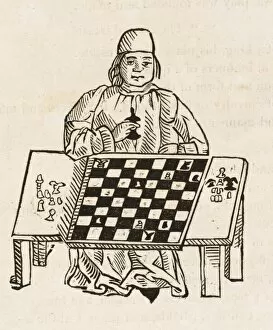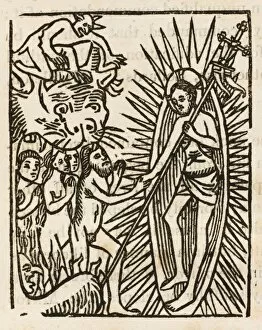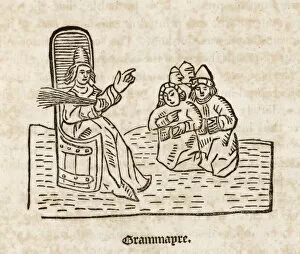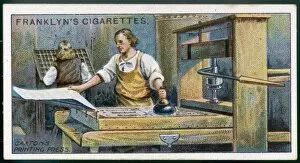Caxtons Collection
"Caxtons: A Legacy of Fables, Logic, and Printing" Step into the world of Caxtons, where timeless tales come alive
For sale as Licensed Images
Choose your image, Select your licence and Download the media
"Caxtons: A Legacy of Fables, Logic, and Printing" Step into the world of Caxtons, where timeless tales come alive. William Caxton, a pioneer in the printing industry during the 15th century, left an indelible mark on literature and education. His house at Almonry in Westminster, London stands as a testament to his influential work. One of his notable publications was "Aesop's Fables, " which showcased moral lessons through captivating stories. From Juno and the Peacock to The Fox and the Raisins, these fables taught logic and wisdom to readers young and old alike. In 1481, Caxton released "Teaching Logic, " a groundbreaking book that revolutionized education by introducing logical reasoning methods. This publication paved the way for critical thinking skills still valued today. Caxton's dedication to spreading knowledge extended beyond fables and logic. He printed religious texts like "The Creation of Man" from Mirror of the World—a reflection of his commitment to sharing spiritual enlightenment with others. Not limited to books alone, Caxton also dabbled in other subjects such as chess. Known as a skilled player himself, he even depicted himself playing chess in some illustrations—an intriguing glimpse into his multifaceted personality. His printing press brought forth numerous works that shaped English literature forevermore. As we explore Caxton's first-ever printed book or marvel at facsimiles like those found in J. R. Green's "Short History of the English People, " we witness how this visionary transformed communication through print. Even Jesus' journey into the underworld did not escape Caxton's attention; he published fascinating accounts that captivated readers across generations. Today, let us celebrate William Caxton—the man who ignited intellectual curiosity through words imprinted on paper—and honor his enduring legacy that continues to inspire writers, thinkers, and dreamers worldwide.

